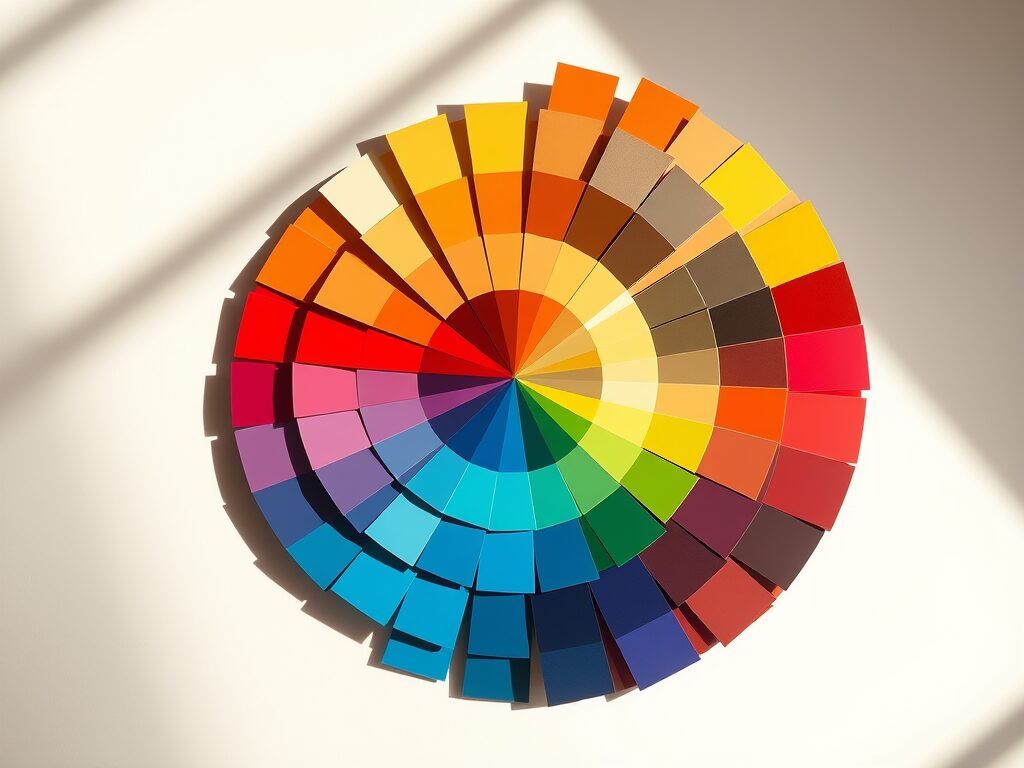Useful Reads
Everything You Need to Know About Primary Colors Made Easy
Here’s What You Need to Know About Color Palettes
Color is more than just pretty – it evokes emotions, guides the eye, and influences our behavior. Color is a crucial element to art and design. It’s an elegant symbolic language that is understood on an instinctual level. Color is an integral part of the human experience.
We harness colors to deliver a message and evoke a predetermined reaction. As a designer, understanding how to create color palettes is crucial to creating effective designs. Choosing colors that are pleasing to you is easy. Everyone has a set of colors that they like more than others. However, creating a color palette with a defined purpose and goal is different. These are colors that have to do more than look nice. Here’s how designers do it:
Step 1: Consider Your Audience
What emotions or reactions do you want to evoke? Who are you designing for? What vibe do you want your color palette to give? These are all important questions to answer. Think about corporate branding.
McDonald’s signature colors are red and yellow. These are both warm colors that are energetic and impactful. When we look at them, we tend to think about foods or other imagery we associate with positive feelings. McDonald’s sells food that is both quick and unhealthy. Their brand colors are designed to excite and build anticipation. If you think about their commercials, the imagery and colors are geared towards children, teens, and young adults.
Walmart’s signature colors are blue and yellow. We have a calming color paired with an exciting color. These are also nature colors that tend to remind us of clear skies and a bright sun. What could be intent with this color combination?
Blue is associated with tranquility, trust, reliability, and stability. Yellow is associated with happiness, enthusiasm, energy, and creativity. Walmart sells products at affordable prices for middle to low income families. It’s a business that needs to a sense of trust and reliability. However, they also want people to be excited about the products they sell. If you think about their imagery, we have young adults that are happy with their products. We see bright colors and wholesome scenes.
Understanding your audience is the first step towards creating an effective color palette. For instance, consider your proposition value. What can you offer that nobody else can? McDonald’s offers fast, cheap food that tastes decent. Walmart offers quality, affordable products. What motivates your demographic? Why would they want to do business with you?
Are you motivating people towards a goal? Try out warm color palettes. Do you need people to chill and think? Try cool color palettes. Do you need a bit of both? Combine a warm and cool color. Are you going for a specific vibe?
Step 2: Build a Mood Board
Collect images and textures that inspire your desired aesthetic. A mood board isn’t meant to be perfect. These are messy, disorganized chaos that we use to create harmonious, aesthetically pleasing concepts. Feel free to toss anything up there, and then examine what you have.
Take note of the dominant colors, secondary colors, and accent colors. Pay attention to textures, finishes, and patterns. This will help you build patterns, design assets, and choose colors. Think about what you want people to do or feel.
Look at each piece and think about your reaction to it. Is it what you want? Does it fit with everything else? If not, then toss it out and move onto the next piece. Check out this mood board by Collaboard:

Step 3: Research and experiment
Research is the best way to create an effective color palette. I know I mentioned studying your audience in step 1, but this is a little different.
Research your intended industry. Look at the big players and study how they’re doing things. What patterns are being used? How are they using colors? What colors are being used most? These details can help you build a brand that stands out.
Standing out is about more than being visually different. You must be different in a way that would attract your demographic. Consider popular trends, niche media, and pop culture.
Step 4: Test and refine your color palette
Trying different color palettes through A/B Testing and user surveys is an excellent way to gain feedback. If you want to engage your audience, run a public vote for your new color palette.
Try different color palettes and see what works. If you’re an e-commerce site, try out red, orange, and green add-to-cart buttons. Research shows that these colors have a higher conversion rate. Read this article from Clapso about high converting add-to-cart button colors.
Collect data, and have fun.
The color wheel and color schemes are invaluable tools for any designer. By understanding these principles, you can create visually stunning and impactful work that resonates with your audience. So, experiment, have fun, and let your creativity shine!
Do you have any favorite color schemes or tips for creating palettes? Share them in the comments below!
I hope this blog post is helpful! Let me know if you have any other questions.
